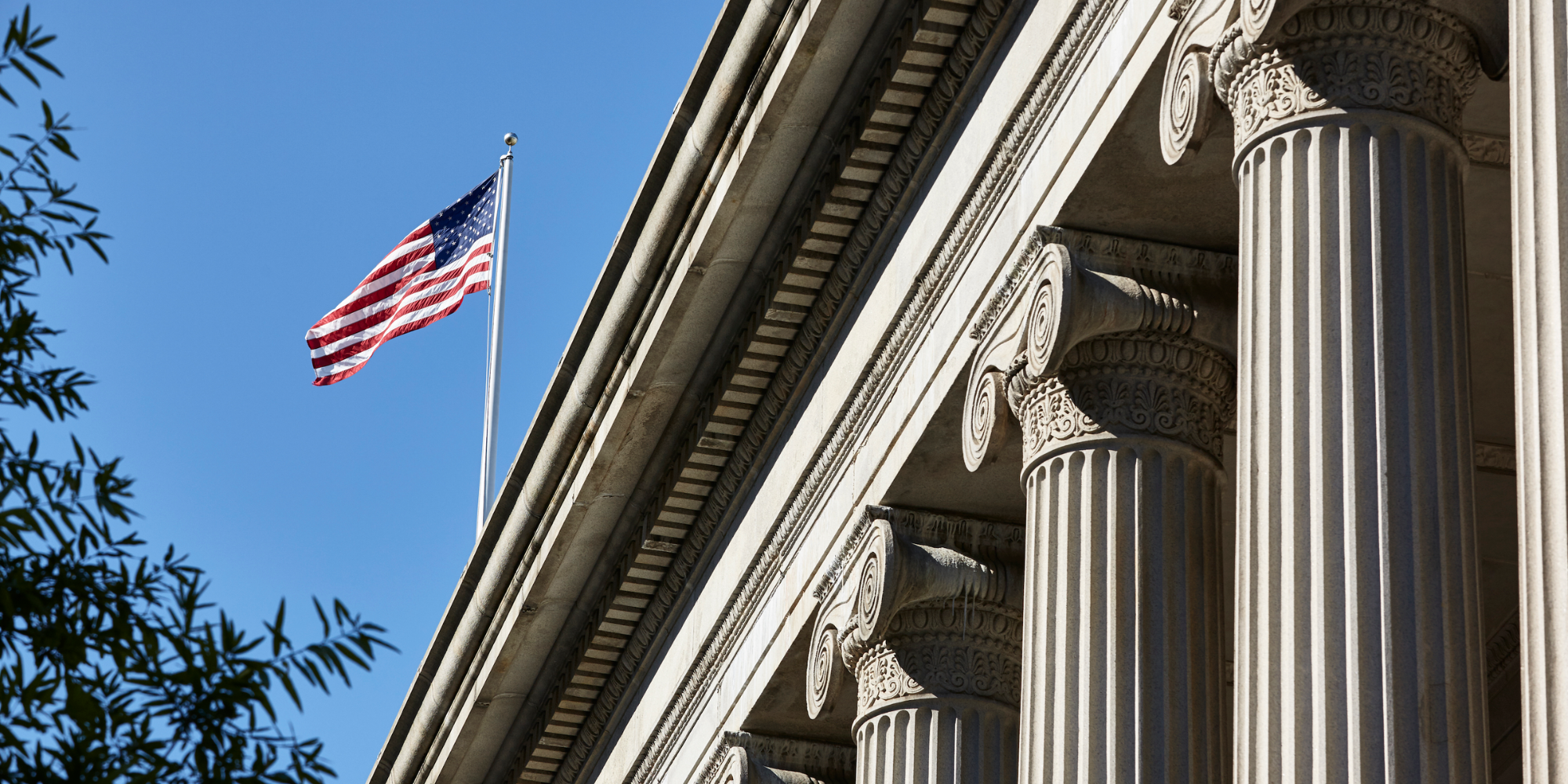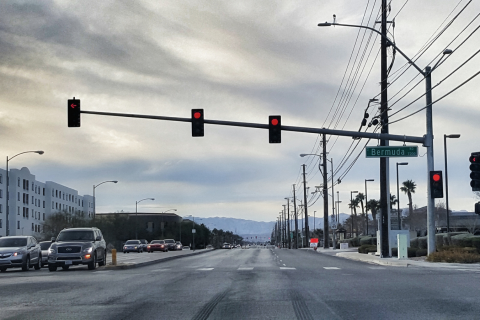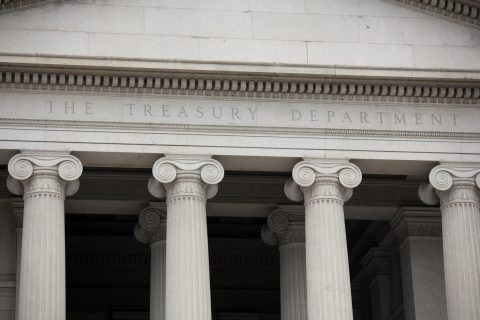On August 10, 2023, the U.S. Department of Treasury released its long-awaited Interim Final Rule on ARPA Flex. ARPA Flex was a provision passed by Congress in December 2022. The rule opens new expenditure categories and outlines potentially burdensome strings to using the money.
This rule created three new expenditure categories:
- Spending to provide emergency relief from natural disasters.
- Spending on transportation infrastructure eligible projects and matching funds.
- Spending on any program, project, or service that would also be eligible under HUD’s Community Development Block Grant program.
The Interim Final Rule will be published in the Federal Register next week starting a 60-day comment period. The timeline for a final rule is uncertain. The volume and complexity of comments will determine how long it will take to proceed to a final rule.
Emergency Relief from Natural Disasters
Emergency Relief from Natural Disasters is a way for cities to use SLFRF money for natural disasters or their negative economic impact. There is a two-step process for using this category as outlined in the Interim Final Rule. A city must identify a natural disaster that occurred, will occur, or is threatened to occur in the future and then identify the emergency relief that responds to the physical and negative economic impacts. The response must be proportional.
More information on identifying emergency relief and what qualifies can be found here.
A non-exhaustive list of uses under the Emergency Relief from Natural Disasters expenditure category include:
- Temporary housing
- Food assistance
- Flood fighting
- Firefighting
- Childcare
- Demolition of structures
- Search and rescue to locate survivors, household pets and service animals
- Use or lease of temporary generators for facilities that provide essential community services
- Mass mortuary services
- Debris removal
- Public infrastructure repair
- Increased operational costs
- Cash assistance for uninsured or underinsured disaster-caused expenses
- Cash assistance for low-income households
- Home repairs for primary residences not covered by insurance that have become uninhabitable
Surface Transportation Projects and Title I projects (Community Development Block Grants)
Grantees can use SLFRF allocations for a surface transportation project or Title I project. Local leaders should be aware of several statutory requirements that apply to these eligible uses.
- The total amount of SLFRF funds a grantee may use for a surface transportation project and Title I project cannot exceed the greater of $10 million or $30% of a grantee’s SLFRF allocation.
- Except as otherwise determined by the Secretary, the use of SLFRF funds for Surface Transportation and Title I projects is subject to certain other laws, including the requirements of titles 23, 40, and 49 of the U.S. Code, title I of the Housing and Community Development Act of 1974 and the National Environmental Policy Act of 1969 (NEPA). For more information on NEPA and ARPA Flex, click here.
- Recipients using SLFRF funds for Surface Transportation and Title I projects must obligate funds by December 31, 2024 and expend funds by September 30, 2026.
The Interim Final Rule outlines three “pathways” for surface transportation spending.
1. Supplementing surface transportation projects receiving funding from the US Department of Transportation (USDOT).
2. Funding surface transportation projects not receiving funding from USDOT.
3. Satisfying non-federal share requirements for certain surface transportation projects or repaying a loan provided under the TIFIA program.
Pathway One
Grantees can use SLFRF funds on projects that will receive USDOT funding prior to the obligation deadline of December 31, 2024. Recipients must consult with USDOT before using SLFRF funds.
Under Pathway One, recipients may
- Expand an existing project that is receiving funding from USDOT
- Cover unexpected costs of an existing project receiving funding from USDOT
- Expand the scope of a project, cover additional costs, or in other ways supplement USDOT funding for projects that have not yet, but will receive funding from USDOT by the December 31, 2024 obligation deadline
Recipients may use SLFRF funds for projects eligible only under specific programs, including:
- INFRA Grants
- Surface Transportation Block Grant Program
- Highway Safety Improvement Program
- Charging and Fueling Infrastructure Discretionary Grant Program
- Urbanized Formula Grants
This is a non-exhaustive list. The complete list can be found here.
Pathway Two
If recipients wish to pursue Surface Transportation projects that are not or will not be funded by USDOT, they may pursue them under Pathway Two. Pathway Two projects will be administered by Treasury.
Within this pathway, Treasury released a streamlined framework for recipients to use up to $10 million in SLFRF funds per project on Surface Transportation projects that do not include USDOT funding but meet certain parameters. Recipients may begin using SLFRF funds now for projects that meet the parameters of the streamlined framework.
In the streamlined framework, recipients may use SLFRF funds for a Surface Transportation project not receiving funding from USDOT to conduct a project that would be eligible under the RAISE grant program and that meets the criteria discussed below. For these projects, recipients are not required to submit an application to, or receive approval from, Treasury to conduct the project. For a RAISE-eligible project to qualify for the streamlined framework, it must satisfy the following criteria:
- Contribute no more than $10 million of SLFRF
- Limited to actions that typically do not have significant environmental impact.
The projects eligible under Pathway Two include:
- Title 23 of the US Code: All parts of title 23
- Title 40 of the US Code: Chapters 141 and 145
- Title 49 of the US Code: Chapters 53, 55, 67, 471, and subtitle V
Pathway Three
Under Pathway Three, recipients may use SLFRF funding to repay a TIFIA loan or to satisfy non-federal share requirements for projects eligible under the following programs:
- INFRA Grants
- Fixed Guidance Capital Improvement Grants
- Mega Grants
- Projects eligible under credit assistance under the TIFIA program
Title I or CDBG
Title I or the community development block grant program provides a broad way that cities can use their SLFRF funds for Title I projects. A non-exhaustive use of ways SLFRF dollars include:
- Acquisition of certain real property for a public purpose, subject to certain limitations
- Acquisition, construction, reconstruction, rehabilitation, or installation of public facilities and improvements, clearance and remediation activities
- Public services, subject to the limitation
- Payments to housing owners for loss of certain rental income
- Acquisition, construction, reconstruction, rehabilitation, or installation of privately owned utilities
There are numerous requirements to using the funds for Title I projects. Details about those can be found here.
Non-Entitlement Units of Local Government
Treasury designated more than 26,000 local governments as non-entitlement units of local governments (NEUs) in 2021. Nearly all of the NEUs took the standard allowance and filed under expenditure category 6.1—revenue replacement. By doing this, a NEU would not need to worry about this new rule.
Expenditure category 6.1 is still the most flexible use of funds available under the State and Local Fiscal Recovery Funds program.
There are approximately 1,100 Metro recipients under the SLFRF program. Many of these recipients did not elect to use the standard allowance under 6.1 because they received more than $10 million in aid.
Treasury released a one-pager describing the changes and the Interim Final Rule.









